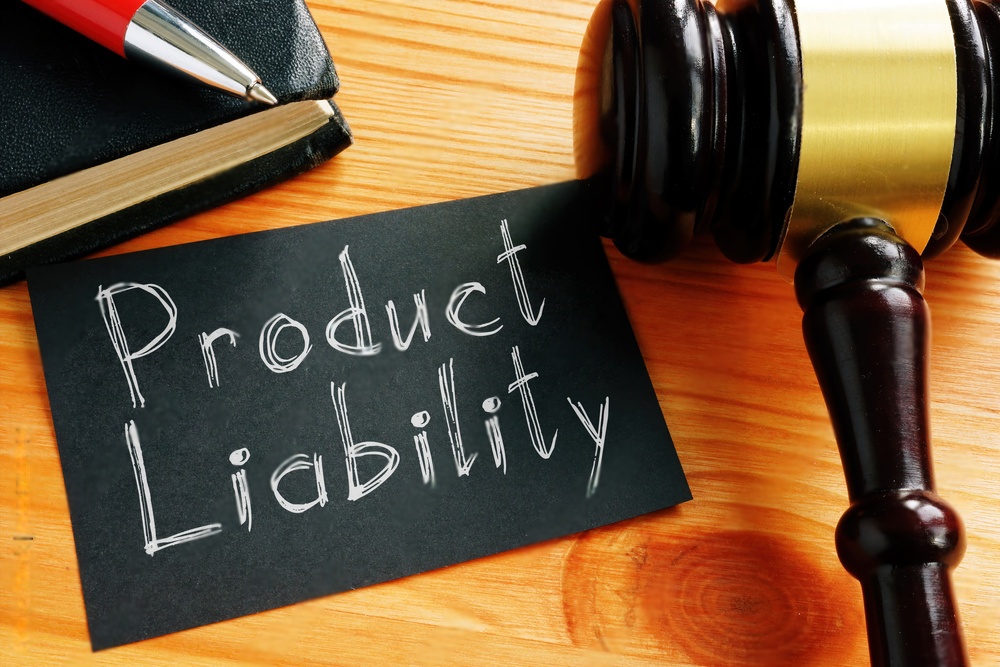Product Liability

Product liability cases demand precise evidence, reliable medical interpretation, and strong causation analysis to support a plaintiff’s claim. When a defective product leads to unexpected injuries, attorneys depend on accurate medical documentation to validate harm, determine the mechanism of injury, and link those injuries to the product in question. Our specialized product liability medical review services help legal professionals build fact-driven, litigation-ready cases backed by high-quality medical evidence.
Types of Defects in Product Liability Claims
Product liability claims typically arise from three primary categories of defects. Each defect carries its own risks and requires detailed medical and legal evaluation.
- Design Defects: A design defect affects the product before it is manufactured. The product may follow the correct manufacturing process, yet the inherent design makes it unreasonably dangerous for its intended use.
- Manufacturing Defects: Manufacturing defects occur when an error happens during production. Even a well-designed product may become hazardous if the final version deviates from approved design specifications.
- Marketing Defects (Failure to Warn): A product may be properly designed and manufactured but still dangerous when adequate instructions or warnings are missing. Inadequate labeling, incomplete guidelines, or missing hazard information often lead to these claims.
Understanding Product Liability Cases
Product liability cases involve claims brought when a consumer suffers injuries as a result of defective goods. These cases can range from faulty consumer electronics to dangerous medical devices and mislabeled pharmaceuticals. Manufacturers, distributors, retailers, and other supply chain entities may be liable when their negligence results in harm.
Plaintiffs must demonstrate several key elements in a liability claim, including proof of the defect, evidence that the defect existed before the product reached the consumer, and confirmation that the defect directly caused the injury. Establishing these elements requires strong documentation and accurate medical correlation.
Core Requirements in Product Liability Claims
- Existence of a Defect: The product must contain a design, manufacturing, or marketing defect that compromises safety.
- Defect Originated Before Consumer Use: The defective condition should be present at the time the product left the manufacturer or responsible party.
- Injury Causation: The plaintiff must demonstrate that the defect directly caused the injury or medical condition.
- Reasonable Product Use: The product must have been used as intended or in a foreseeable manner at the time of injury.
Complexities of Product Liability Law
Product liability laws differ by jurisdiction and often blend concepts from tort law, consumer protection statutes, and contract principles. These cases frequently involve technical product evaluations, expert medical interpretation, and extensive documentation.
Manufacturers and supply chain entities have a legal responsibility to ensure safety, provide accurate warnings, and prevent foreseeable risks. When this duty is breached and injuries occur, plaintiffs may pursue compensation for medical expenses, lost earnings, pain and suffering, long-term disabilities, and related damages.
Role of Medical Records Review in Product Liability Litigation
Medical records serve as the backbone of any product liability injury claim. Our product liability medical review services provide attorneys with an organized, precise, and evidence-rich interpretation of medical documentation.
Causation Analysis: A structured medical review helps identify the relationship between product usage and the resulting injuries. The medical timeline clarifies when symptoms emerged, how they progressed, and whether the pattern is consistent with the alleged defective product.
Injury Documentation and Severity Assessment: Medical records detail the nature, severity, and impact of injuries. These insights help quantify damages and evaluate the effects on the plaintiff’s daily functioning.
Expert Medical Interpretation: Physicians and medical experts rely on the reviewed records to determine whether the injury pattern aligns with a product defect. Their opinions often strengthen arguments related to negligence or failure in product design.
Identification of Pre-Existing Conditions: Medical records highlight prior conditions that may influence the claim. Understanding these conditions ensures accurate causation analysis and prevents overstating or understating injury impact.
Treatment Pathway & Expense Evaluation: Every test, medication, procedure, and therapy included in the record contributes to the total economic damages. A clear summary helps attorneys present financial losses effectively.
Long-Term Health Impact: Chronic complications or permanent disabilities linked to product defects require detailed medical interpretation. Records help establish ongoing medical needs and future damages.
Plaintiff Mitigation Evaluation: Records also show whether the plaintiff followed medical advice or sought prompt care, strengthening case credibility.
Support for Negotiation and Trial Preparation: Accurate medical documentation enhances negotiation leverage and supports strong courtroom presentation. Organized medical summaries ensure clarity during litigation.
Our Role in Strengthening Product Liability Cases
Our team analyzes medical records thoroughly to uncover critical evidence that links the plaintiff’s injuries to the defective product. Each review includes detailed injury mapping, symptom progression, treatment chronology, and causation indicators. These insights help attorneys present compelling arguments supported by comprehensive medical proof.
Achieve 40–50% Savings on Medical Record Review Costs
Higher Efficiency. Lower Costs. Better Results.
Expertise
Services
Explore
Get in Touch
- +1 415-231-3737
- info@medzlegal.co
- 705 Coakley Drive, San Jose, California, CA 95117
